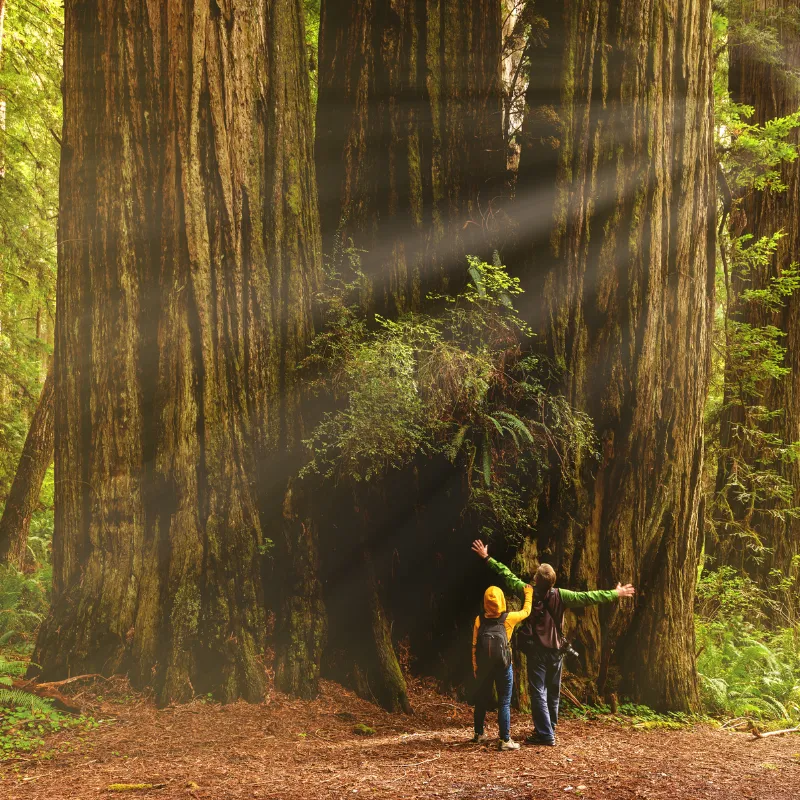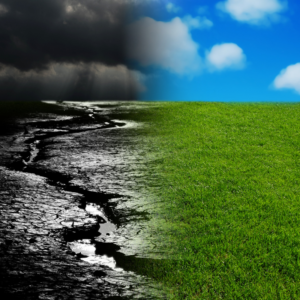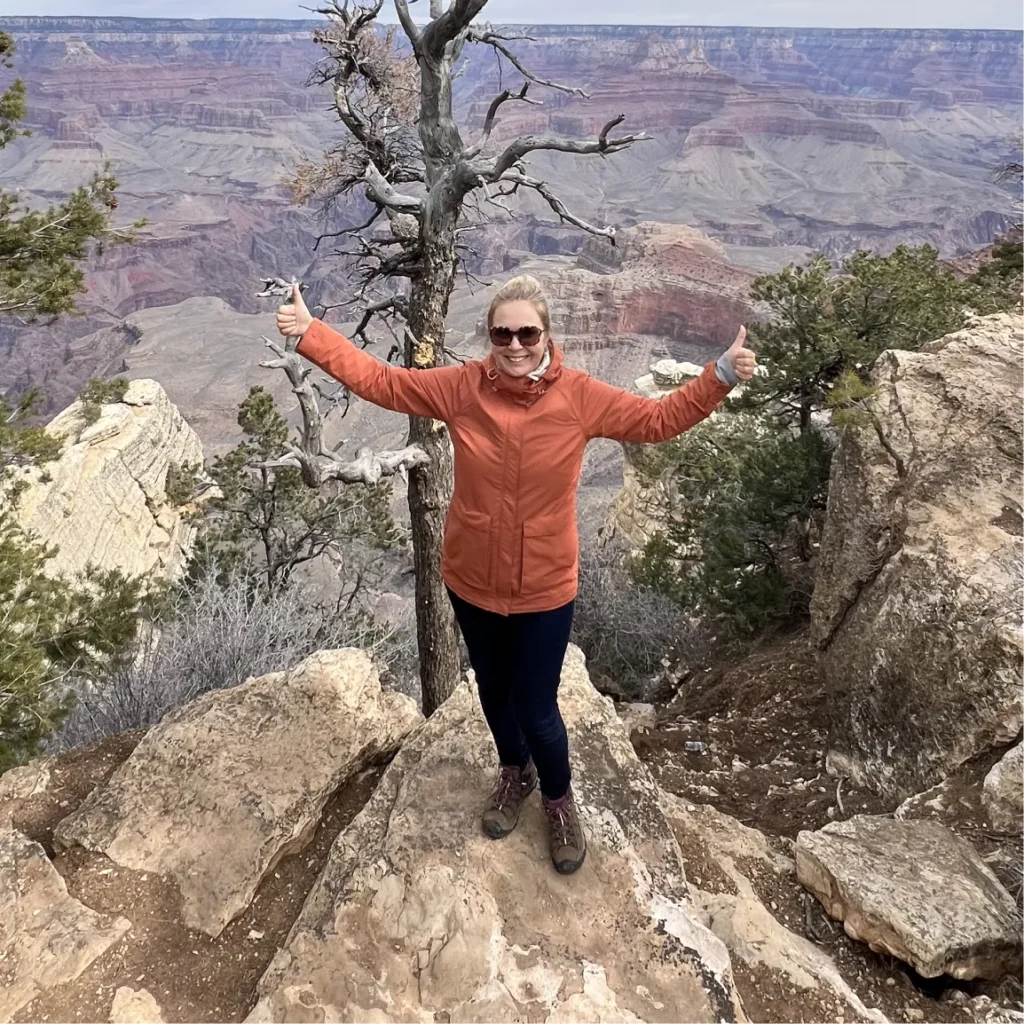National parks are among the most important tools for conservation. They preserve wildlife, protect ecosystems, and maintain biodiversity.
The role of national parks in conservation is vital for ensuring future generations can enjoy a healthy planet. These protected areas also help combat climate change and support local communities.
The U.S. has 424 national parks, covering over 84 million acres. Yellowstone, established in 1872, was the first national park in the world. Today, national parks welcome more than 330 million visitors each year.
While they offer recreation, their value lies in protecting natural resources and inspiring conservation efforts.
Preserving Wildlife And Biodiversity
National parks provide safe spaces for animals to thrive. Many endangered species, such as the Florida panther and the California condor, rely on these protected areas. Parks create environments free from hunting, poaching, and habitat destruction. Over time, this allows populations to recover.
Biodiversity is another critical benefit of national parks. These areas support a wide variety of plants, animals, and microorganisms.
This variety helps keep ecosystems balanced and resilient. For instance, Everglades National Park shelters unique wetlands home to hundreds of species. Without national parks, many of these species could face extinction.
Biodiversity also strengthens ecosystems against challenges like climate change. A diverse environment is better at adapting to changes in temperature, weather patterns, and other stresses.
Protecting biodiversity in parks benefits not just the plants and animals but also the humans who depend on these ecosystems.
Ecosystem Services Provided By Parks

National parks play a critical role in conservation by offering essential ecosystem services. These parks protect forests, wetlands, and rivers that provide clean air, water, and soil stability.
The role of national parks in conservation ensures that these services remain intact for the benefit of all.
Forests within parks act as carbon sinks, absorbing carbon dioxide and reducing greenhouse gases.
This helps combat climate change and supports healthier air quality. Wetlands and rivers filter water naturally, providing clean drinking water for nearby communities. At the same time, vegetation stabilizes soil, preventing erosion and reducing the risk of floods.
For example, the forests in Great Smoky Mountains National Park capture significant amounts of carbon dioxide, demonstrating the role of national parks in conservation. Similarly, the wetlands in Everglades National Park help purify water for millions of residents in Florida. These ecosystem services are often invisible but essential for maintaining a habitable planet.
By preserving these natural processes, national parks contribute to the well-being of both humans and the environment. Their role in conservation ensures that these benefits continue for generations to come.
National Parks As Learning Spaces
National parks are incredible learning resources that emphasize the role of national parks in conservation. They allow visitors to see nature up close and understand why conservation matters.
Many parks offer ranger-led programs, guided tours, and hands-on activities. These programs teach visitors about ecosystems, wildlife, and sustainable practices.
Children, in particular, benefit from these learning experiences. Parks can ignite a love for nature in young minds, inspiring future conservationists.
Educational materials, like interactive exhibits and nature trails, make learning fun and engaging. This connection to nature often leads to a deeper appreciation for the environment.
National parks offer students studying environmental science real-world examples of conservation challenges and solutions. Parks also serve as outdoor laboratories, allowing researchers and students to study ecosystems, wildlife behavior, and the impacts of climate change.
Economic Benefits Of National Parks
National parks are vital to local economies. Tourism generates billions of dollars each year for communities near these parks.
Small businesses, such as hotels, restaurants, and guide services, thrive because of visitors. For many rural areas, parks are a primary source of income.
During the Great Depression, national parks created jobs through government programs like the Civilian Conservation Corps.
Workers built trails, planted trees, and developed infrastructure in parks, which helped the environment and struggling families.
Today, the economic impact of parks continues to grow. According to the National Park Service, every dollar spent on parks returns $10 to the economy. This economic benefit highlights the importance of maintaining and supporting these spaces.
Challenges Facing National Parks
Despite their benefits, national parks face many challenges. Overcrowding is one of the biggest issues. Millions of visitors strain park resources, and roads, trails, and facilities often struggle to keep up with the demand.
Waste management becomes a problem as litter and pollution increase with higher foot traffic.
Climate change is another serious threat. Rising temperatures, melting glaciers, and changing weather patterns disrupt habitats, and many species that rely on specific conditions face extinction.
For example, Glacier National Park’s namesake glaciers are disappearing at an alarming rate. Wildfires, droughts, and floods are also becoming more frequent, putting further strain on parks.
Human activities, both inside and outside parks, also harm ecosystems. Illegal hunting, deforestation, and construction near park boundaries disrupt ecosystems. Visitors who fail to follow the rules, such as staying on designated trails or taking trash, can unintentionally damage habitats.
Sustainability Efforts In National Parks
To address these challenges, national parks are taking steps toward sustainability. The Green Parks Plan focuses on reducing waste, conserving water, and cutting greenhouse gas emissions.
Many parks are transitioning to renewable energy sources, such as solar power. Electric vehicles are also replacing traditional transportation options in some parks.
Water conservation is another focus that highlights the role of national parks in conservation.
Parks are installing efficient systems to reduce water usage. Efforts to phase out single-use plastics are underway, further reducing waste. These changes protect the parks and set an example for visitors to adopt sustainable practices in their daily lives.
Co-stewardship with Indigenous tribes is another significant step. Many parks sit on lands historically cared for by Indigenous peoples. These tribes have valuable knowledge about these areas’ ecosystems and cultural significance. By involving tribes in park management, parks strengthen conservation efforts while honoring their history.
Public engagement is essential for sustainability. Visitors are encouraged to follow “leave no trace” principles, respect wildlife, and reduce plastic use. Parks also host community events, such as clean-ups and tree-planting drives, to involve people in conservation.
The Cultural Legacy Of National Parks
National parks are not just natural spaces; they are cultural treasures. They preserve the land’s history, including Indigenous peoples’ contributions.
However, this history is often tied to displacement. Many parks were established on lands taken from Native American tribes without consultation or consent.
Efforts are now being made to address this injustice. The National Park Service has introduced co-stewardship programs to involve Indigenous communities in managing these lands.
This collaboration ensures that parks honor their cultural history while protecting natural beauty.
Parks also inspire people to connect with nature. They provide a sense of wonder and remind us of our responsibility to care for the planet. This cultural legacy encourages both individual and collective action toward conservation.
Why National Parks Matter

The role of national parks in conservation cannot be overstated. They protect wildlife, preserve ecosystems, and maintain biodiversity.
Parks also help combat climate change by absorbing carbon and providing clean water. For people, they offer education, economic benefits, and a chance to reconnect with nature.
However, overcrowding, climate change, and human impact threaten their future. Sustainable practices, public support, and innovative solutions are essential to overcoming these issues. Everyone has a role to play in protecting these treasures.
Conclusion
National parks are vital for conservation. They protect nature, support biodiversity, and inspire sustainable practices.
Their role in conservation reminds us of their importance in creating a better future. By visiting responsibly, supporting green initiatives, and learning about these spaces, we ensure their beauty and value endure for generations.
“Be part of the solution! Support conservation and sustainable practices by joining our initiatives. Whether through eco-friendly travel, educational programs, or sustainable products, Discover Outdoors helps protect our planet. Together, we can ensure that national parks and natural wonders remain for generations to come. Explore, learn, and make an impact today!”










